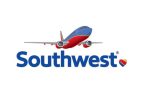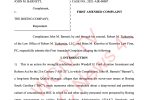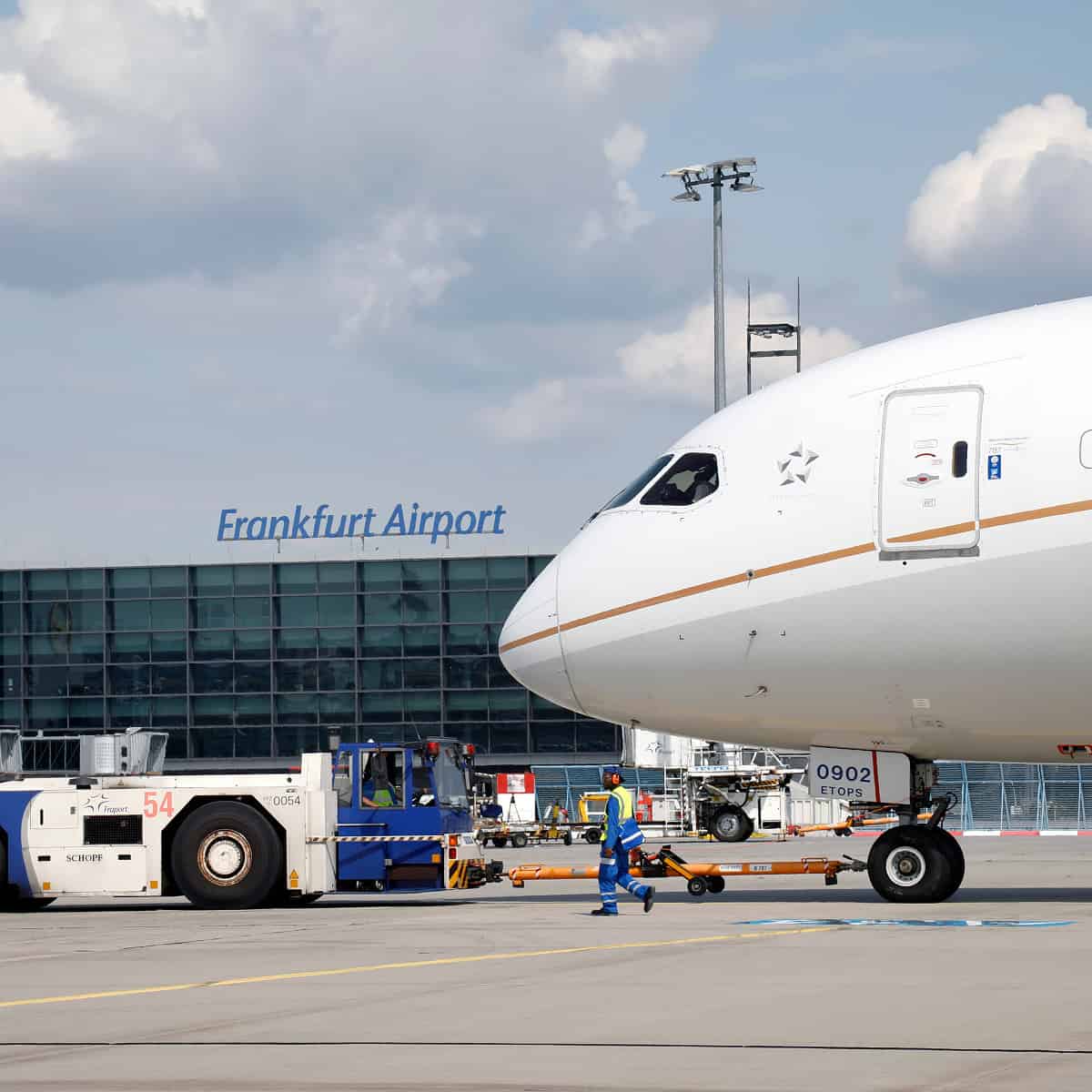Los Angeles, California (eTN) – At the Americas Lodging Investment Summit (ALIS) held last week in L.A., top hotel experts forecast industry meltdown in the days of the current, or impending recession. Main implications for 2008 show occupancy rates; average rates and revenues softening moderately in the US, according to the Oxford Economics. The outlook for hotel investment transactions in the United States may not look bright, but may possibly improve. Year 2007 has seen big drops, but 2008 can rebound in some markets and key cities after a few hiccups.
According to Mark Lomanno, president of Smith Travel Research, the industry has seen low occupancies at 0.1 percent and average daily rate or ADR decline 5.9 percent in August 2007. Lomanno’s firm reported hotel fundamentals remain strong with occupancy rates and RevPARs still healthy despite the credit crunch in 2007. The CMBS delinquency rates for the lodging sector were at a record-low 0.6 percent through 2007’s third quarter. He recalled, “The demand in the top 25 markets before Sept. 11 rose fast, way before weakened prices that made business in the top 25 markets sluggish even before 2001.” Following the quick dip and abrupt spike after 9-11, the demand in the top 25 flattened out. Supply did not pick up as well.
“Today’s recession will affect the US’ top 25 markets from the bottom-up rather than top-down. Different market segments will be affected differently by the downturn from bottom-up again. Supply and demand will grow in all segments but pricing will remain sluggish in the marketplace. Upper-upscale and upscale hotel demands in previous years began to decline much faster than the economy hotels showing a stable picture,” said Lomanno. But today’s demand for upper and upscale is stable; pricing and ADRs are strong; and economy properties are growing however at a slower rate.
It is a different-looking picture at present, showing a slow period in the hotel industry. The top 25 markets and high-end properties will be affected but not so much as the secondary and tertiary markets or those on the lower-end of the price scale. “There are 211,000 rooms in construction in the US, around 166,000 are scheduled to open in 2008; but only 65 percent will actually open. There will be an increase in rooms closing, a net increase in supply of 2.2 percent to 2.3 percent; demand will inch upwards to a low 1.4 percent,” he said.
R. Mark Woodworth, president PKF Hospitality Research, said when it comes to housing, many markets are already in deep recession. Consumers are making tough decisions burdened by the real estate collapse, sub-prime mess, compounded by oil and gas price hikes. “Worry, don’t panic. It’s a global systemic financial crisis. Where we really are is the healthy depression part of the market and of supply and demand,” he said.
America started this decade in good terms. Woodworth is optimistic about this new year’s forecast. “Better times were seen in the last 2 to 3 years. We’re headed in this direction today. What’s good about the 2008 economy? We will see declining interest rates which will keep debt costs low. A weak dollar means increased inbound travel (which has been rising since 2006); the high commodity prices helped stop rising unemployment which helped keep hotel labor costs at bay.” And while the times made it difficult for hotels to be built, few hoteliers were actually able to build and have it done despite the downturn, said Woodworth.
Not all’s rosy. What’s not good about 2008? This uncertainty hurts demand; transportation costs keep climbing; and that experts expect a 10-year inflation.
“We note a 100-basis point increase since third quarter 2006, but demand has been lagging behind supply since ’06. We had 2 years of below-average growth in 2001- 03, which changed total employment – the best predictor of industry lodging demand,” said Woodworth. He forewarned, this 3rd quarter of 2008 will witness the lowest point of growth. In 2008, supply will surpass demand; however demand will catch up in 2009. Occupancies will be slightly below above average starting next year, but rate growth and RevPARs will be positive in 09, added Woodworth.
To benefit the industry, a stimulus plan will inject new money to the economy such as what has been done in 2001- 2002. “An injection of $150 B will help Americans in terms of long-term employment. A stimulus of that amount will hold back that recession psychology. However, it is not a cure-all for the housing cycle,” said Gene Sperling, former White House National Economic Advisor during former President Bill Clinton’s term, and a former director of the National Economic Council. He added that the Federal Reserve demonstrated in the last days that it can act ‘boldly and swiftly’ after cutting 75 basis points down. “The Feds gave the market some confidence back. But I don’t see rates moving again so quickly. The real question is how far down can the rates go. The idea of freezing the high rates as the default will create people’s incentives to collect together. With the dollar and fiscal position as weak as it is, questions linger as to whether the Fed can be aggressive and can encourage Washington to combine the rate cut with growth,” he said sighing, there is not much flexibility out there.
Sperling stressed that an enormous number of people would stay in their homes if they can have a 30-year fixed rate at some reasonable level. Foreclosures, concentrated in a neighborhood, have had terrible effects on home prices on everybody else. “Hillary Clinton and Gov. Arnold Schwarzenegger suggested a freeze on rates as default for a few years. But too many people complained. The problem now is that we’re rolling into a period of resets,” he said.
Lomanno projects bookings based on rates due to the internet will experience softness. He said rates in 2008 will be 5.2 percent slightly down from 2007; however, this trend will not be felt in big markets or high-end tiers. “If supply & demand and ADR forecast numbers are accurate, REVPAR will see a 4.4 percent growth,” he said.
“Poor exchange rate has been the friend of the hotel industry in the last year. Bookings across Expedia and ADR’s of 4th quarter 2007 were great. If we adjust the spends for Canadians or Australians visiting the US, they pay less in their local currency when they come to the US while hotels receive in full. We see for instance, a German family spend Euro 26 more when they come (nothing to them), but it’s a windfall to the supplier who receives a bit more,” said Paul Brown, president of Expedia North America. He added that the 20 percent increase in air capacity and air fares, the foreign exchange rate differences which ‘pre-contained’ Americans going out and forced domestic travel to increase, make up the core elements that impact overall lodging demand.
Hotel rates for upscale properties remain bullish. Brown said, customers still have the perception of value; they’re driven by sales, deals and offers. Hotels in 2008 will increase booking periods of 4 percent with sales on-promotion. Clients always respond to promotional offers. Customers, in this sluggish economy, are taking advantage of the lowest price trade-off.
“If our forecasts in supply and demand are accurate, occupancies will grow 63.2 percent in 2008 to 63.7 percent in 2009 across the board,” said Lomanno.
Said Woodworth: “If our forecast is correct, half of the top 50 markets in the US, will experience a decline this year due to supply and demand trends. In 2009, supply will accelerate vs. demand. RevPAR growth will be positive this year. Inflation will not create problems in the job market. Market softness will be just short-term. Hotel capitalization rates are at historic lows with 2007 being at the bottom of the rate scale; however, there will be a 160-basis point increase taking the market till the end of decade.”
In an election year, supply will grow 2.3 percent more of the demand, said Lomanno.
Tracking back their results during an election year since 1929, when occupancy decreases, 2/3 of the time, the Republican candidate won an election. “When occupancies in an election year fall below the long-run average, 55 percent of the time, the Democratic candidate won. We believe we will have below long-run average occupancy,” closed Woodworth.





















